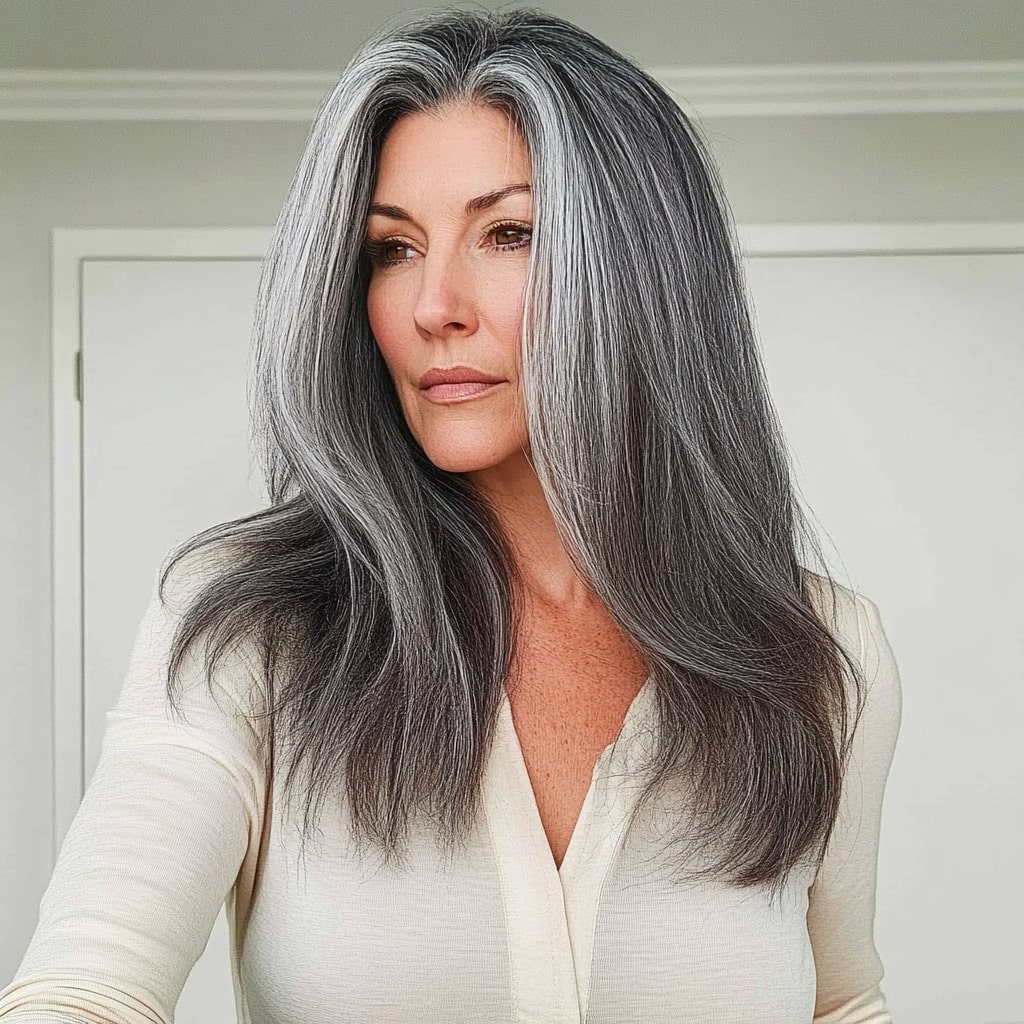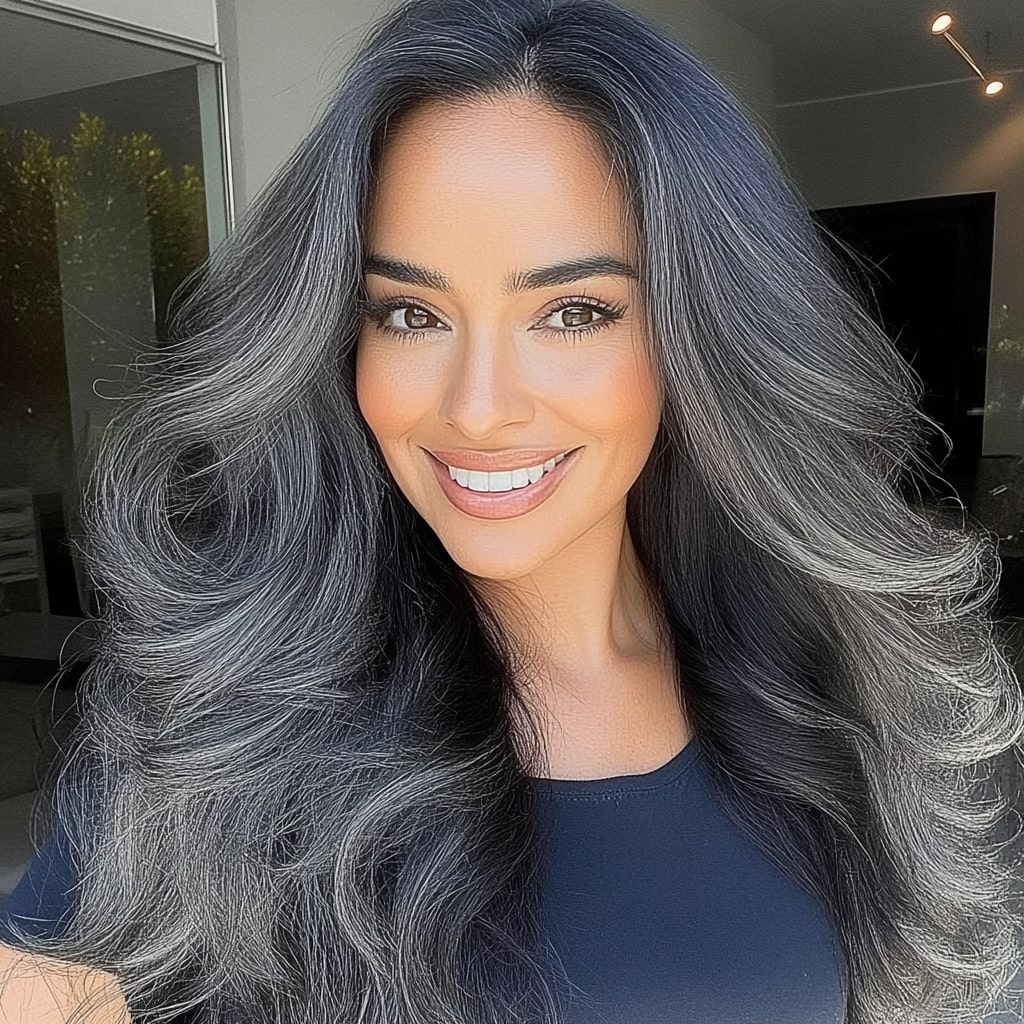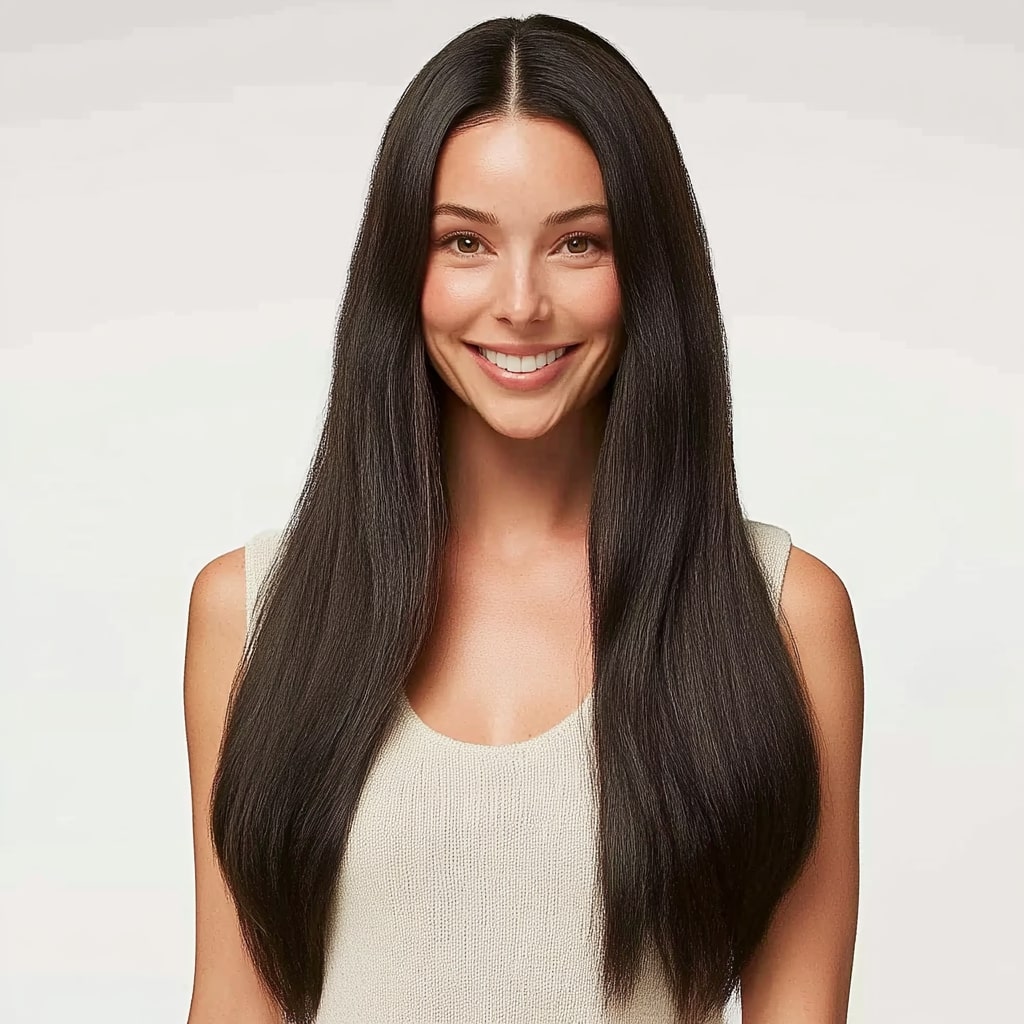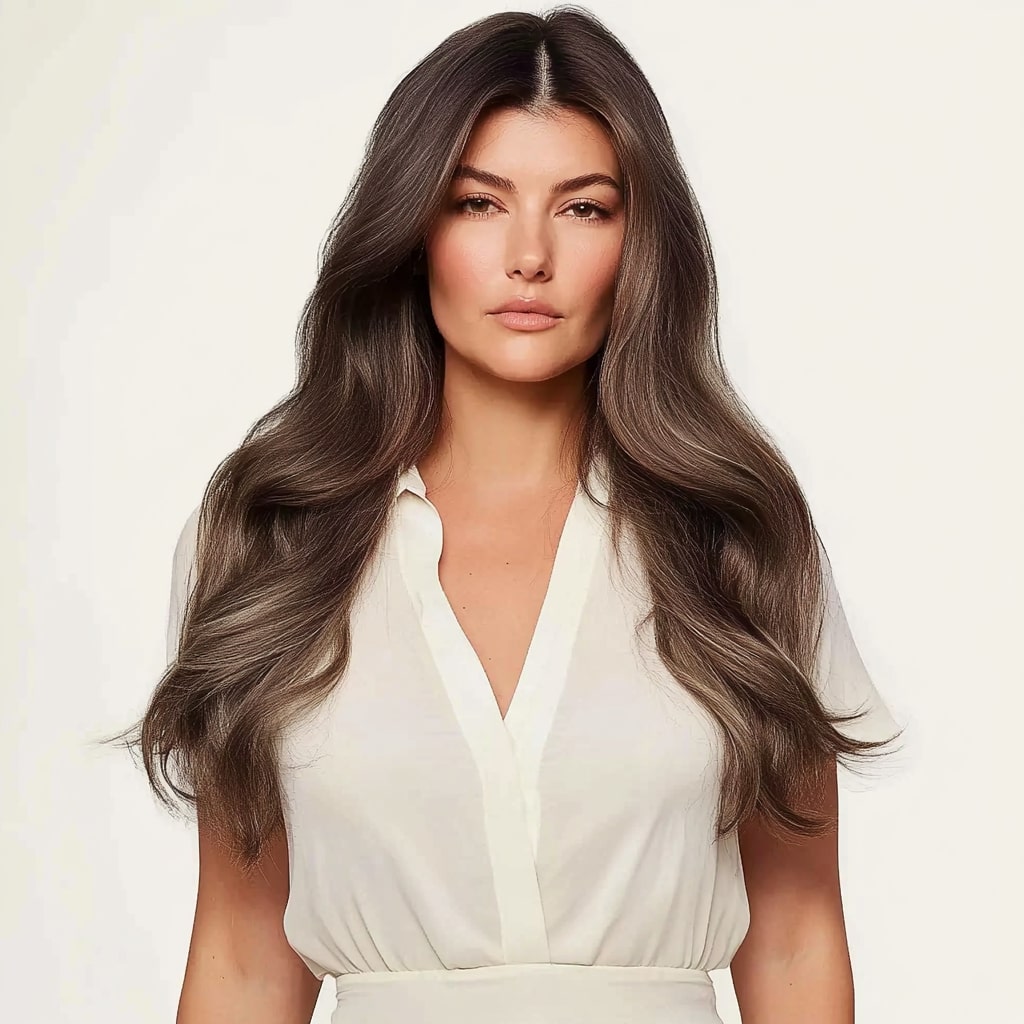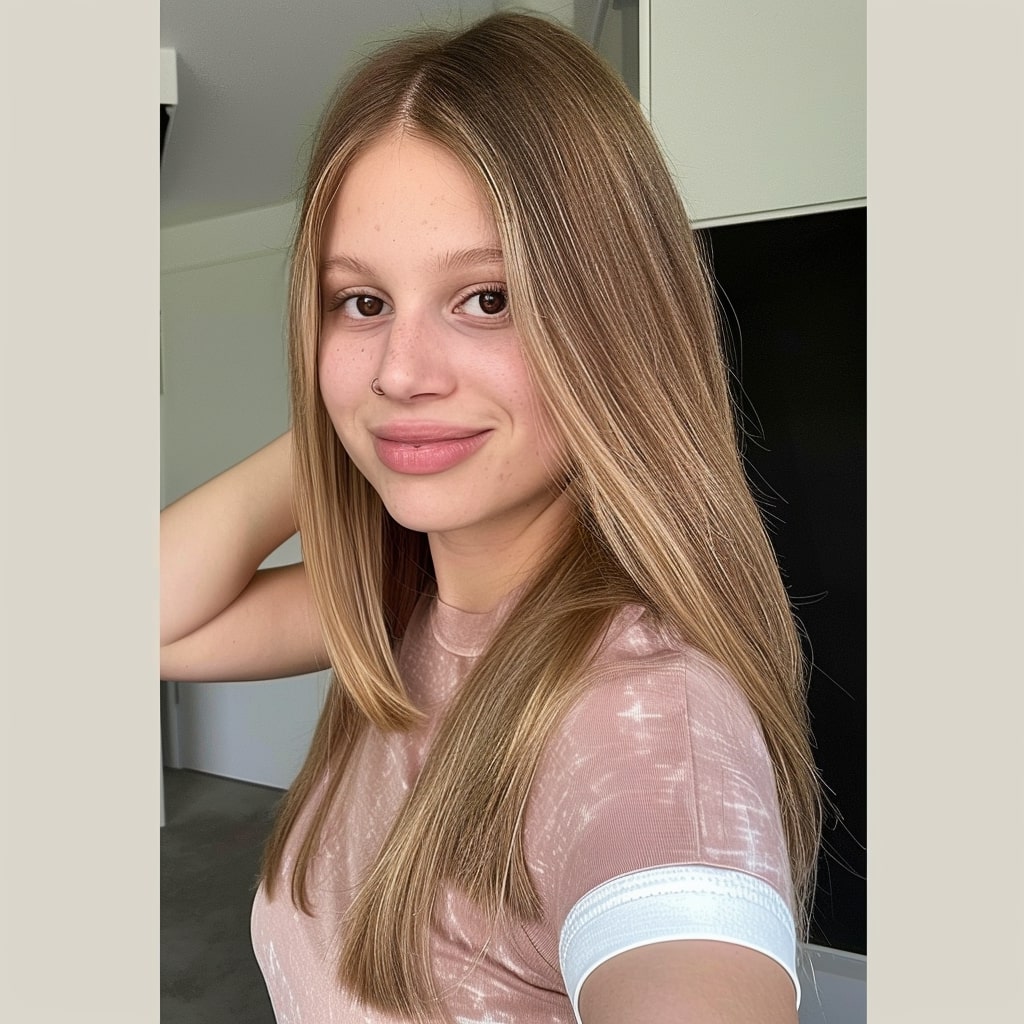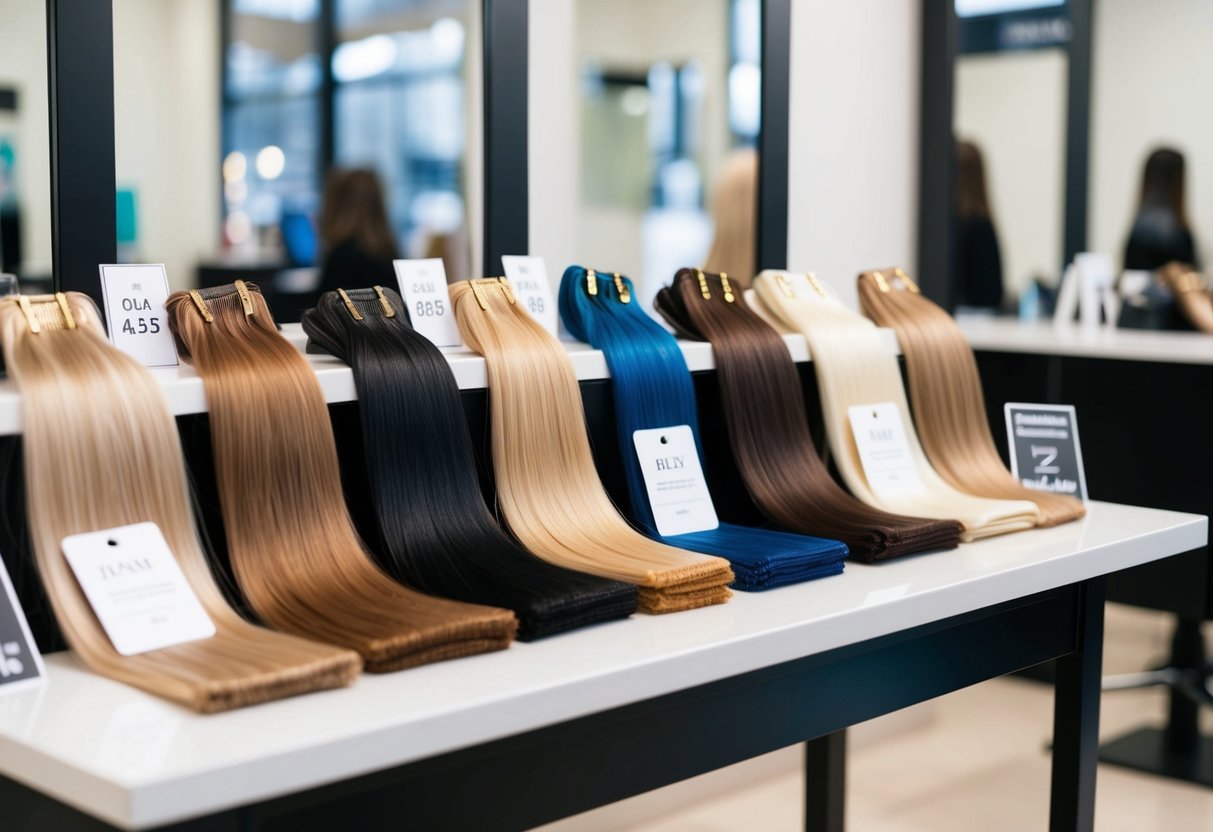How to Prevent Sew-In Extensions from Tangling: Expert Tips for Long-Lasting Hair
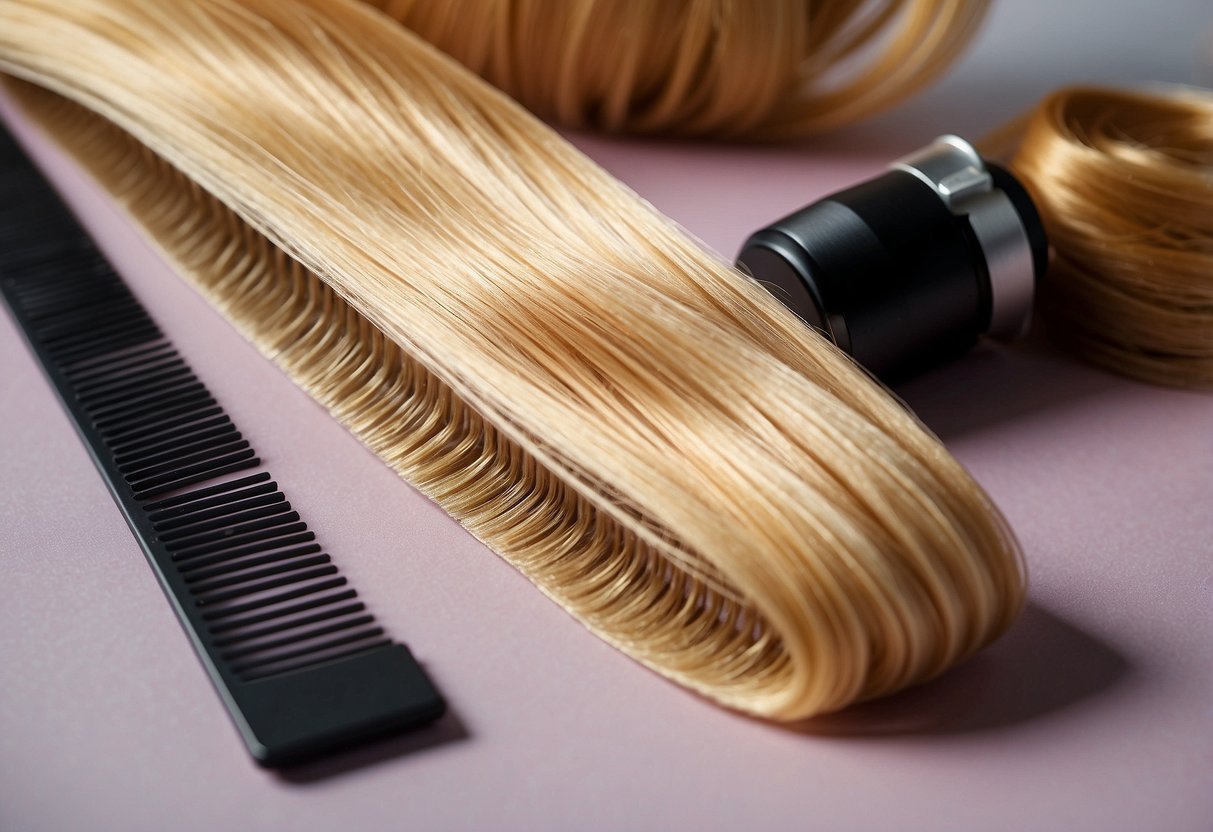
Sew-in hair extensions can add length, volume, and glamour to your natural hair, but keeping them tangle-free is crucial for maintaining their beauty. To prevent tangling, you must keep your extensions moisturized and handle them gently. Proper care and attention can help you avoid the common issues that come with sew-in extensions.
Regularly brushing your extensions, especially before showering, reduces tangling and matting. Using a good-quality leave-in conditioner and detangling spray can also make a significant difference. Additionally, avoiding hair products with alcohol can help keep your extensions smooth and manageable.
At night, tying your hair in a loose ponytail or braiding it can prevent tangling while you sleep. Using a silk pillowcase can reduce friction and help maintain the smoothness of your extensions. By following these simple steps, you can keep your sew-in hair extensions looking their best.
Key Takeaways
- Keep your extensions moisturized to prevent tangling.
- Brush your extensions regularly, especially before showering.
- Use a silk pillowcase and tie your hair at night to reduce friction.
Understanding Sew-In Extensions
Sew-in extensions are a popular choice for adding length and volume to hair. These extensions consist of both human and synthetic hair, offering numerous benefits and some challenges when it comes to tangling.
Types of Hair Extensions
Sew-in extensions can be made from human hair or synthetic hair. Human hair extensions offer the most natural look and feel. They are versatile and can be styled with heat tools. Remy hair is a high-quality option where the hair cuticles are preserved and aligned in the same direction, reducing tangling.
Synthetic options are generally cheaper but less durable. They are pre-styled and cannot be heated without risking damage. Both types are sewn onto braided natural hair using a needle and thread to secure them in place.
Benefits of Choosing Sew-Ins
Sew-ins provide instant volume, thickness, and length. They are semi-permanent, lasting for weeks to months with proper care. This makes them ideal for long-term styling needs.
These extensions are highly inconspicuous, blending well with your natural hair when installed correctly. Sew-ins also offer flexibility in styling. You can switch between different looks without causing harm to your natural hair.
For those considering a significant change without long-term commitment, sew-in extensions present a practical choice.
Potential Tangling Challenges with Sew-Ins
Despite their benefits, sew-in extensions can face several tangling challenges. The added hair, whether human or synthetic, needs regular maintenance to prevent matting and knots.
Keeping the extensions moisturized is crucial. Dry extensions are prone to tangling. Invest in a high-quality leave-in conditioner and detangling spray. Brush your extensions carefully using a detangling hairbrush, starting from the ends and moving up gradually.
Sleeping with braided or wrapped hair and using a silk scarf or pillowcase can also reduce tangling during the night. By understanding and addressing these challenges, you can maintain the beauty and integrity of your sew-in extensions.
Fundamental Maintenance of Sew-In Extensions
Proper care and maintenance of sew-in extensions are crucial for keeping them looking natural and preventing issues such as tangling and matting. Here, we cover the essential steps you need to follow.
Washing and Conditioning
Use a sulfate-free shampoo to wash your sew-in extensions. Apply the shampoo gently to your scalp, focusing more on the roots without rubbing or scrubbing aggressively. Let the shampoo run down the length of the extensions. Follow up with a moisturizing conditioner to keep your extensions hydrated.
It's essential to use a deep conditioner once a week. Rinse thoroughly with lukewarm water to avoid any product buildup which can lead to tangling. Be gentle to ensure extensions remain intact.
Drying Techniques
Dry your extensions completely to prevent mold and bad odors. Pat the hair with a towel instead of rubbing it to avoid frizz and damage. Allow your hair to air dry whenever possible.
If you need to use a blow dryer, set it to a low heat setting. Keep the blow dryer a few inches away from the hair. Styling tools like a diffuser can also be helpful to distribute heat evenly and reduce the risk of tangling.
Regular Brushing
Regular brushing is critical to keep your sew-in extensions tangle-free. Use a wide-tooth comb or a loop brush, starting from the ends and working your way up to the roots. This method minimizes pulling and reduces tension on your natural hair.
Brush your extensions at least once a day. If you encounter knots, carefully untangle them instead of pulling through them. Always be gentle to maintain a smooth and natural look.
Scheduled Professional Maintenance
Schedule regular maintenance appointments with a professional stylist. This helps in managing the extensions and ensuring they're in good condition. Professional stylists can tighten any loose extensions and check for issues like tension or damage.
These appointments are also a good opportunity to get advice on hair care products suitable for your specific type of extensions. Frequent check-ins, approximately every 4-6 weeks, can substantially extend the life of your sew-in extensions.
Nighttime Hair Care for Sew-In Extensions
Proper nighttime care is essential to keep your sew-in extensions tangle-free and looking their best. Key strategies include protective styling and ensuring you sleep on the right surface to minimize friction.
Protective Styling Before Bed
Before you sleep, prepare your extensions properly to prevent tangling. One effective method is to create a loose braid or ponytail. This keeps the hair secure and reduces the chance of knots forming overnight.
Alternatively, you can wrap your hair with a satin or silk scarf. Satin and silk are smoother than cotton, minimizing friction and keeping the hair from getting tangled. Make sure the scarf is not too tight to avoid putting stress on your scalp and extensions.
Loose braids are particularly effective as they keep the hair structured but relaxed. Multiple loose braids can be used for longer or thicker extensions. This method helps in keeping your hair organized, reducing the chances of tangling.
The Importance of a Proper Sleep Surface
Your sleep surface plays a crucial role in maintaining your sew-in extensions. Using a satin pillowcase is highly recommended. Satin is much smoother than regular cotton, reducing friction that can cause tangles and breakage.
If a satin pillowcase is not an option, a satin or silk bonnet can be just as effective. This protective layer ensures that your hair glides smoothly as you move while sleeping, preventing unnecessary frizz and tangling.
Additionally, avoid piling your hair on top of your head when you sleep. This can lead to tangles and knots. Instead, let your hair lie naturally or position it to minimize stress and contact with the pillow.
By implementing these strategies, you can greatly reduce the chances of your sew-in extensions tangling during the night, ensuring they stay smooth and manageable.
Styling and Daily Care
Consistent styling and proper product use are essential to keep sew-in extensions tangle-free and looking their best. Daily care practices greatly impact the longevity and appearance of your extensions.
Styling without Damage
To prevent tangling, it's crucial to style your sew-in extensions gently. Avoid rough brushing and use a wide-tooth comb or a special detangling brush. If you need to use hot tools like flat irons or curling wands, ensure you apply a heat protectant spray to prevent heat damage and breakage.
Be mindful of the tools' heat setting. Excessive heat can cause damage and frizz. Set your tools to a low heat setting, which is often sufficient for styling extensions. Regular use of low heat reduces the risk of matting and keeps the extensions smooth and shiny.
It's also beneficial to match the extension's color and texture to your natural hair for a seamless look. If your extensions are a different texture, style them to blend harmoniously with your own hair. Additionally, avoid tight hairstyles that pull excessively on the extensions, as this can lead to breakage and tangling.
Using the Right Products
Choosing the right hair products is vital for maintaining tangle-free sew-in extensions. Avoid products with alcohol, sulfates, and parabens, as these can cause dryness and tangling. Opt for lightweight moisturizing products like argan oil or water-based serums to keep the hair hydrated without weighing it down.
Applying a small amount of oil, focusing on the ends, helps prevent frizz and keeps the hair smooth. Be cautious of product buildup, which can lead to matting. Limit the usage of heavy creams and conditioners directly on the extensions.
When exposed to harsh weather or chlorine from swimming pools, rinse your hair thoroughly with clean water and consider using a clarifying shampoo occasionally to remove any residue or buildup. Also, consider a silk pillowcase or a satin bonnet at night to minimize friction and keep your extensions in optimal condition.
Avoiding Common Mistakes with Sew-In Extensions

Proper care of sew-in extensions is crucial to prevent tangling and maintain their longevity. Key areas to focus on include washing techniques, scalp health, and the use of styling products.
Improper Washing and Brushing
Improper washing and brushing can lead to tangles and knots in your sew-in extensions. Always detangle your hair before washing. Use a wide-tooth comb to gently remove tangles from the ends upwards. When washing, avoid rubbing your hair harshly with a towel as this can cause tangling. Gently squeeze out excess water instead.
It’s essential to use a sulfate-free shampoo and to follow up with a good quality leave-in conditioner. This helps keep the extensions moisturized and less prone to knots. While brushing, hold the hair in sections to avoid putting stress on the sewn areas.
Neglecting Scalp and Natural Hair Health
Your scalp and natural hair need attention to avoid issues like buildup, shedding, and damage. Regular cleansing of your scalp is a must to prevent product buildup. Use a clarifying shampoo once a week to remove excess product and sweat.
Ensure your natural hair is well-moisturized under the sew-in extensions. Dryness can lead to breakage and damage. Use light oils and moisturizers that won't clog pores. Also, give your scalp regular massages to promote blood circulation and healthy hair growth.
Overuse of Styling Products and Tools
Excessive use of styling products and tools can weaken your sew-in extensions. Avoid products with alcohol as they can dry out your hair and lead to tangling. Stick to light, alcohol-free serums and sprays.
Heat styling tools can cause significant damage if overused. Always apply a heat protectant before using flat irons or curlers. Limiting the use of high-heat tools and opting for low-heat settings can help maintain the integrity of your extensions and natural hair.
By paying attention to these aspects, you can ensure your sew-in extensions remain tangle-free and last longer.
Frequently Asked Questions

Learn how to care for your sew-in extensions to prevent tangling effectively. Discover methods, nighttime routines, and techniques for maintaining both human hair and weft extensions.
What are the methods to prevent tangling in sew-in extensions naturally?
Use lightweight oils like argan oil to keep extensions moisturized. Regular brushing with a wide-tooth comb helps prevent knots. Avoid hair products with alcohol.
What are the best practices to protect sew-in extensions from tangling overnight?
Braid your extensions or tie them in a loose ponytail before bed. Use a silk pillowcase to reduce friction, which helps to minimize tangling.
How can one stop hair extensions from matting at the nape of the neck?
Moisturize the extensions regularly using a leave-in conditioner. Gently detangle the hair daily to prevent knots from forming at the nape of the neck.
What steps should be taken to prevent sew-in extensions from tangling after washing?
After washing, gently blot your extensions with a towel. Let them air dry or use a low heat setting on the hairdryer. Avoid rubbing, as this can cause tangles.
What techniques can be employed to maintain human hair extensions and keep them from tangling?
Regularly use a good-quality detangling spray and follow up with a leave-in conditioner. This helps keep the hair smooth and less prone to tangling.
What measures can be taken to avoid matting of weft extensions at the root?
Keep the root area clean and ensure it is not overly dry. Moisturize as needed and avoid heavy products that could weigh down the hair or cause buildup.

 My Store Credit
My Store Credit
 Buy Again
Buy Again
